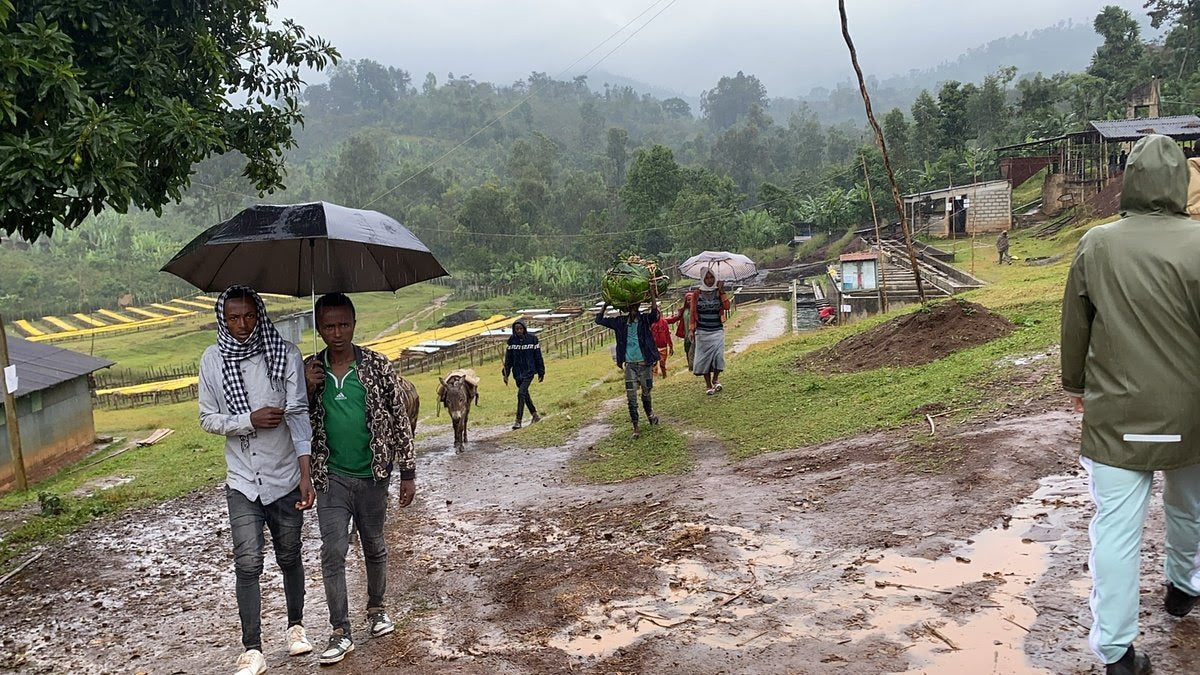
Ethiopia latest information
Ethiopia has a very heavy rainy season in the summer.
The rainy season usually occurs between June and September. After the rainy season, the coffee flowers bloom and bear fruit, and the harvest begins in November.
But as you know, climate change in recent years has clearly affected the length of the rainy season. Last year's rainy season was one of the longest in Ethiopia's history, lasting from early May to December, and in some areas until January. As a result, average temperatures were significantly lower than normal.
Information from the Ethiopian Weather News indicates that this year's rainfall has returned to normal in most areas.
However, low-lying areas such as Gambella in western Ethiopia near the border with Sudan have been flooded by heavy rains, and some areas have been severely affected by heavy rains, including landslides caused by rains in Wolega. It means that there is also
The southern SNNPR and West Guji, which are the main coffee producing areas, suffered damage (flooding, etc.) from heavy rains in May, June and August, but the situation does not seem to be the worst. As for the other coffee producing areas, we are a little relieved to hear that the rainy season has arrived as usual.

Photo of Sidama, Bokasso, Ethiopia had unseasonable rain when I visited last year, and it rained in the Sidama area.
According to reports so far, the coffee growing situation is better than last year, and some areas are doing very well, so I'm really looking forward to it.
Harvest will begin in November at the earliest.
Last December, I visited producers in Ethiopia and confirmed the cultivation environment and harvest conditions. Also, in February of this year, just before the lockdown, I went to Ethiopia to buy again, but it will be difficult to go to the production area for a while.
In that case, I think that we will order new lot samples around January or February next year, select them, and purchase them from Japan.
I would be happy if you could enjoy the two types of Ethiopia that we are currently offering, and if possible, remember the taste and enjoy comparing it with next year's lot.
(This article is based on an article by TROPIQ, an Ethiopia-based green bean agent.)
Chelbesa Danche detailed information / purchase screen
More information on Nensebo Refisa / purchase screen
-------------------------------------------------- ------------
If you would like to subscribe to our newsletter, you can register here .



